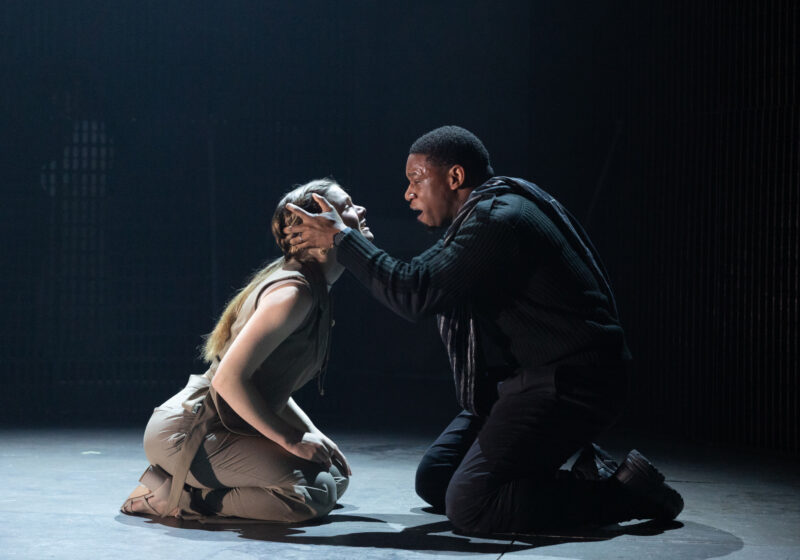Jerry Rice has it. Kobe Bryant has it. Mia Hamm has it. What is it? Balance. One may not think of balance as an important component of physical performance, but it is probably the single most integral part of any athletic activity. Why? It is the basis for all movement.
When running at speeds of 11 meters per second, a world-class sprinter must alternate balance between legs in approximately a tenth of a second or less when propelling him or herself forward. Just try losing your balance then regaining it in that short period of time. It’s not an easy task.
Balance is not an isolated skill. It is a component of all domains of activity such as speed, coordination, strength, flexibility and endurance.
When lifting a heavy weight, one must not only possess strength and coordination to complete the lift, but must have proper weight distribution and posture in order to prevent external weight going forward or backward and thus compromising the quality of the lift. Often people will try to overcompensate for a lack of balance with strength and in turn promote improper technique, which can lead to poor skill development and injury.
We also tend to think of balance as something that is static or performed in one position. This is simply not the case, as balance is a skill, which is very dynamic in nature. Balance comes into play in almost any movement activity, as you have to counteract such forces as gravity, momentum and changes in ground surface. To illustrate this, picture a running back in football carrying the ball up the sidelines while trying to gain more yardage and stay in bounds. No doubt his leg and upper body strength is vital in moving forward, he must counteract the pull of gravity and resist the external forces of a tackler — all with balance.
When training to improve your balance, start with simple exercises and progress to more complex. Take away one or more of your senses such as sight to make it more challenging. Make it dynamic, simulating actual sport skills that you may use.
Progression is the key to improving one’s balance. Always start with a two-legged stance on a firm surface and progress to a single leg balance on an unstable surface with your eyes closed. Use an external apparatus such as holding a dumbbell to make it more difficult. You may also gradually increase the speed and/or amplitude of motion of a specific balance drill. Never progress to the next level of balance until you have accomplished the easier level.
What are some good balance activities you can try? Start with the leaning tower and sway forward and side to side without taking a step, then try it with your eyes closed. Next, try the Stork stand by balancing on one foot for up to 30 seconds. To make these more interesting you can hold onto a Swiss Ball and have someone try to knock it out of your grasp while your trying to maintain your balance.
The hurdle walk includes movement by stepping over a hurdle or cone with one leg, hold for a two count then step over with the other leg and proceed in that manner. Scramble up involves laying stomach down on the floor, then scrambling up to your feet, take a couple quick step and balance on one foot for a two count, and then repeat.
For those of you that play a sport that involves jumping, try standing in an athletic stance, then jump up with both feet and turn 90 degrees in the air and land balancing on both feet. This may then be progressed to 180 or 360 jumps and landing on one foot. As you can see, the possibilities are endless.
Try to remember you’re not training to walk across a teetering beam on “Fear Factor” but maybe to hit that three pointer with a defender in your face or nail that perfect drive off the first tee. Balance activities can be performed at any time and relatively any place. So, next time you’re bored with waiting for a weight machine or resting in between sets, try training your balance.
Steckley is a certified UR athletic trainer and can be reached at psteckley@campustimes.org.





